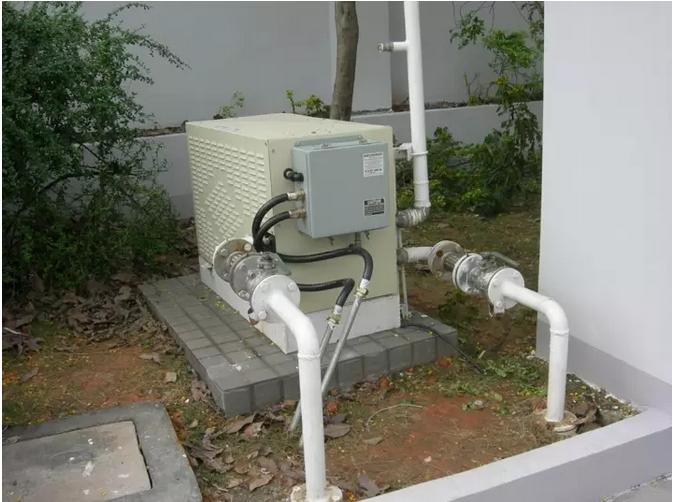Vapor recovery stage Ⅲ Principles and classification
The tertiary oil and gas recovery is mainly for the recovery and treatment of the oil and gas produced in the following two situations:
Because gasoline is very easy to evaporate, when the temperature of the tank system rises, gasoline evaporation will increase, which will cause the breathing valve to discharge oil and gas;
Due to thermal expansion and contraction, when the temperature of the oil tank system decreases, the breathing valve will inhale air, and when the temperature of the oil tank system rises again, the breathing valve will also cause the breathing valve to discharge oil and gas.
At present, the treatment of tertiary oil and gas recovery at gas stations at home and abroad mainly includes condensation, absorption, adsorption, and membrane separation methods, as well as their combined processes.
Condensation method: It is to use oil and gas to have different saturated vapor pressures at different temperatures and pressures. By reducing the temperature or increasing the pressure, the oil and gas are condensed first.
Absorption method: It is separated by the countercurrent contact of oil and gas and absorbent (light diesel, low-temperature gasoline, organic solvent), and the difference in solubility of each component in the oil and gas in the absorbent.
Adsorption method: It uses the different binding forces between the components in the oil and gas and the adsorbents (activated carbon, activated carbon fiber, silica gel, molecular sieve, etc.) to achieve the separation of difficult-to-adsorb components and easy-to-adsorb components. Because the adsorbent used is cheap and easy to obtain, the treatment effect is good, so it is the most widely used.
Membrane separation method: driven by pressure, separation is carried out with the help of the adsorption capacity of the gas components on the surface of the polymer membrane and the difference in the permeation rate in the membrane
At present, the tertiary oil and gas recovery devices of gas stations generally adopt the more mature "condensation + adsorption" method. First, two-stage condensation is used to condense the oil and gas to -40° to -50°. After the second-stage condensation, more than 85% of the oil and gas are liquefied. The low-concentration oil and gas that has not been condensed into a liquid state is then passed through an adsorption system to remove the oil and gas. Enrichment greatly increases the concentration of oil and gas, and at the same time greatly reduces the volume. At this time, the enriched oil and gas enter the three-stage condensing system for deep condensation. At this time, the power of the three-stage condenser is greatly reduced.
Advantages of this process:
(1) Effectively combine the advantages of the condensation method and the adsorption method;
(2) Due to the enrichment of oil and gas by the adsorption system, the oil and gas to be processed by the third-stage condensation is greatly reduced, and the energy consumption is also reduced;
(3) The oil and gas after the secondary condensation is medium and low temperature oil and gas, and the activated carbon bed will not produce high temperature hot spots, and the adsorption system also overcomes the safety hazards.

 中文
中文 English
English Wenzhou Jiahao Petroleum Machinery .Ltd
Wenzhou Jiahao Petroleum Machinery .Ltd